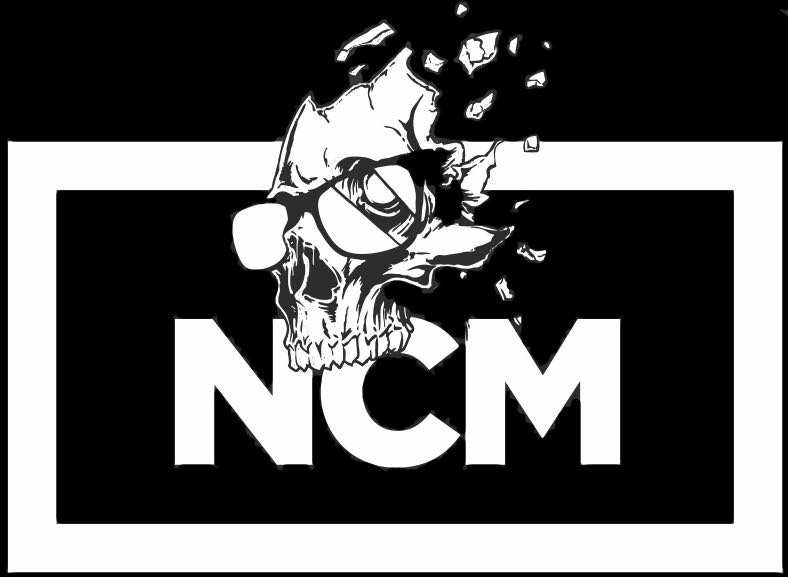The “comic books are weird” troupe is one parroted often when analyzing the medium. Comic books exist in a creative wild west. They are a haven for stories deemed too niche or too indigestible for the masses. Often even a hardened comic book veteran, like myself, can be left wanting for an appropriate adjective to describe what the hell it was we just read. So we ride our old war horses. We call them odd, strange or the classic “weird”.
It is in this kingdom of irreverence that Ales Kot has established an empire. He tells Technicolor stories that are often difficult to describe in any concrete way. They are obscure and cryptic, yet they have a soul and communicate a purpose. It’s almost like reading a story told in code. It asks the reader to forgive a fogginess of message in exchange for beauty of prose and a down the rabbit hole sense of wonder. But every message is always buried one cypher too deep and Kot’s mastery of language often ends up coming off as masturbatory.
The Surface #1 is Kot’s latest work. The book he has constructed with the artistic team of Langdon Foss and Jordie Bellaire is unlike anything I have ever read. It is an orgy consisting of ideas, questions and concepts presented with a cinematic flare.
The art is flawless. The placement of perspective and use of color is purposeful and kinetic. The book is a joy for the eyes and shows that being a great comic book artist requires greater mastery than just being good at drawing.
But the visual brilliance of The Surface transforms from masterpiece to beautiful mess when the art meshes with a clouded and ambling story.
In the future, the share button is always pressed. Everyone has a Lifelog, an implant that records every sight and sound experienced by a person. These recording are accessible by the government, thus killing any form of privacy.
It is a classic mankind are sheep in a future where the government is passive aggressive in its totalitarianism sort of setup. But the extent to which the government uses this destruction of privacy is never communicated to the reader. It is just one of the many ideas Kot introduces and then lets float around without assigning it any gravity. He expects the reader to be so insulted by the concept that he doesn’t have to sell it with anything tangible. This is a sin that is repeated constantly.
Almost every conversation between characters is a minefield of philosophical questions. Introducing theories about the nature of reality, the purpose of one’s existence and the price of security at such a fast rate that nothing is ever able to be absorbed. When characters try to justify their actions, the liberally use words like “belief” and phrases like “do something that matters” with “matters” printed in bold.
Every time the book asks an interesting question it immediately buries it under another. No idea is allow to expand past the length of a fortune cookie insert.
There are pages where every box of text ends with a question mark. Questions are the spine of mystery and leaving things unanswered can often be good for a narrative, but in this book, you are abused with them. You are given nothing but questions and in the end the narrative doesn’t give you enough of a skeleton for anything to take shape.
What we are left with feels like a philosophy textbook. When the story does slow down and characters have a real conversation, they wax about the biology of memory and the light physics behind holographs that could explain different theories behind the true nature of the universe.
Great. But who are these characters? Why are they on their hero’s journey? Why is the government the bad guys other than that they are enthusiastic in their nosiness? Why should the reader care? We learn nothing about the group of protagonists past their names and the color of their t-shirts.
And the plot is as much of an unknown. There is a rumor that there is a hidden holographic world out in the wilderness where people can manipulate reality or what they perceive as reality and this will somehow…… reveal something to the main cast of three heroes. It is very unclear.
At certain points in the book, the panels will disappear and a printed interview is inserted into the story. I think these interviews are supposed to function like the Pirate comic in Watchmen. A sub-narrative told through a slice of pop culture plucked from the main story’s world. The interviews are with a writer named Doublehead. They function as a half hidden way for Kot to talk directly with the reader. They enter the book like a sucker punch, and often come off as Kot trying to excuse the books faults.
Doublehead calls his own writing unclear and sloppy and talks about how he struggles to clearly communicate his ideas. In these moments Kot acknowledges the failures in his own work, only to then excuse them as steps in self-discovery. He then labels the whole mess something called Psychomagic. A term he defines as an attempt to return art to a more functional thing. Then he compares his storytelling to the atom bomb and the issue ends.
To return to our triteness, it is all so weird, so very weird.
There are moments of foggy brilliance in The Surface buried among the narrative wreckage and fast food philosophy. You never have any idea what is going on or what the book is trying to say but the whole time you are kind of excited to be reading it.
There is more charm than substance at the book’s heart. It can be annoying and cryptic but it also can be fun to let the pages roll past your eyes. It’s a book that needs to be read so that you can experience the same masochistic joy you feel twisting up a rubex cube. It’s a bright and colorful puzzle that only a select sort of brain will solve but it can still inspire a frustrating joy amongst the rest of us.






